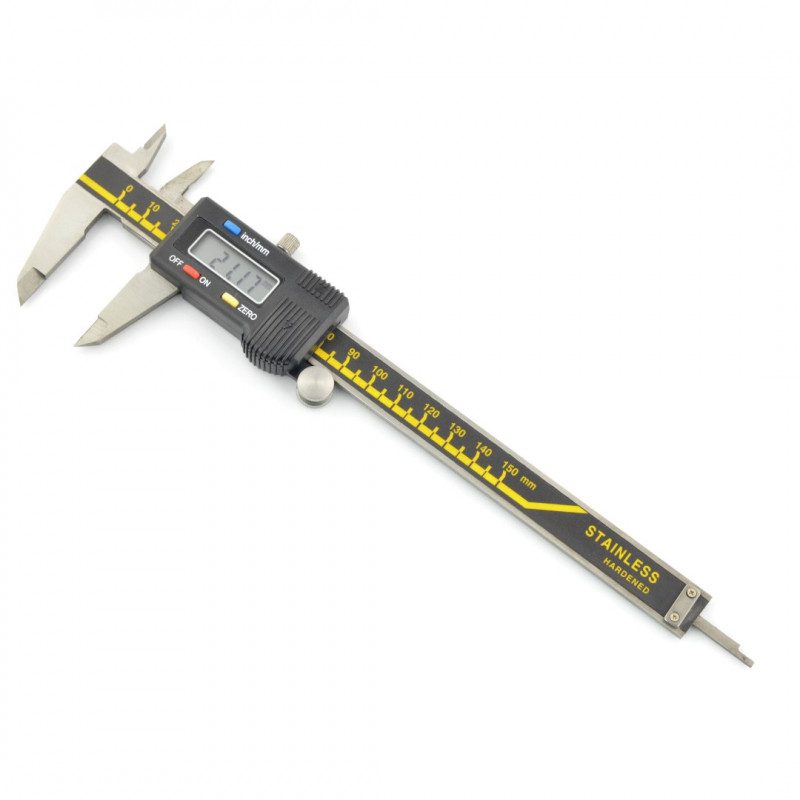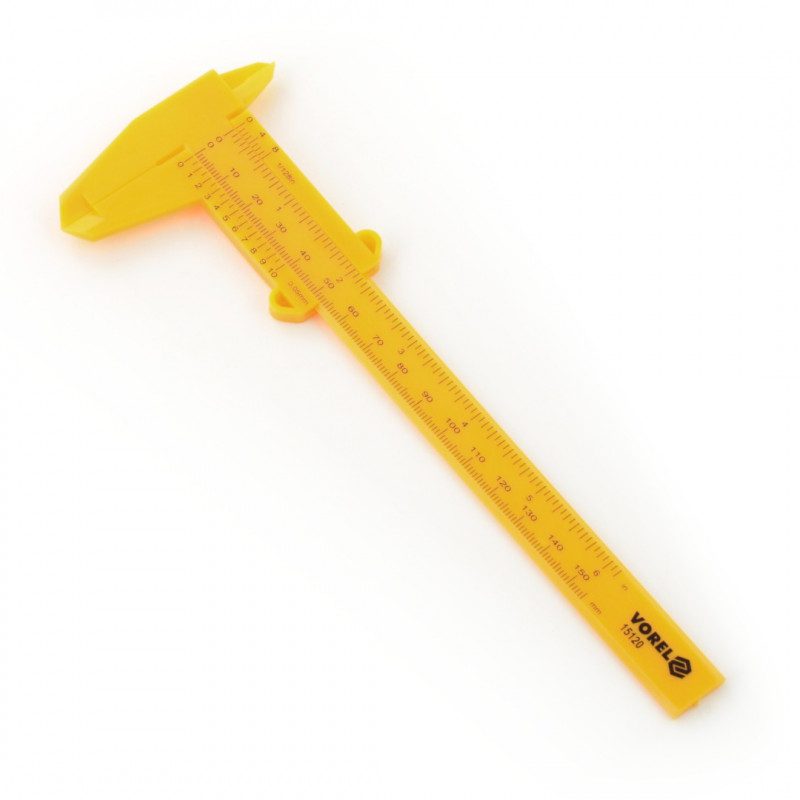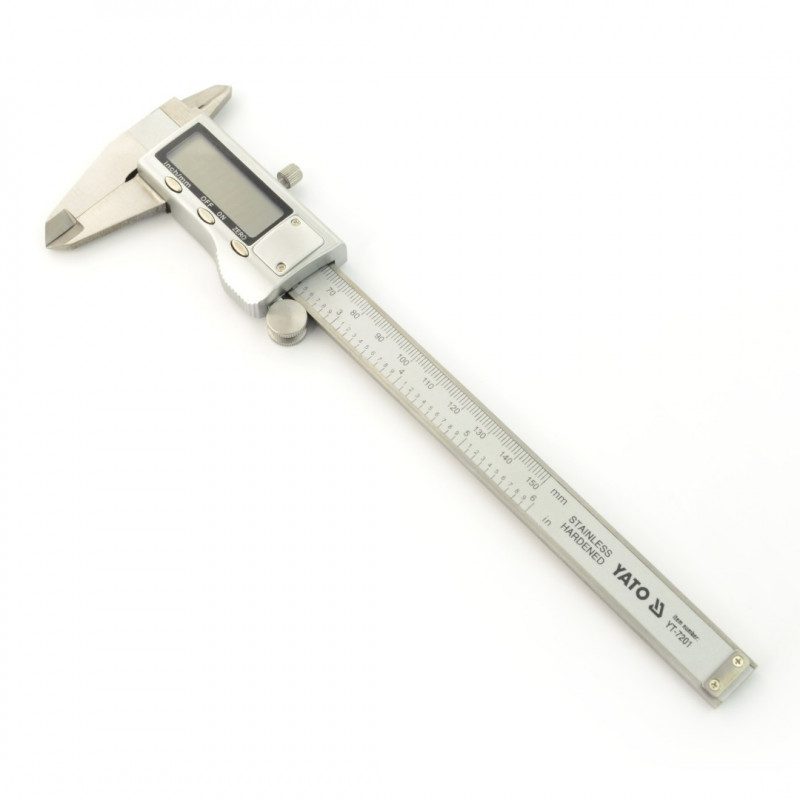Table of Contents:
What is a calliper? How do you use it to take measurements?
A caliper is an extremely distinctive piece of measuring equipment that is equipped with a set of two jaws that are used to take measurements. This makes it possible to check both external and internal dimensions, which is particularly important in industries such as mechanics or automatics.
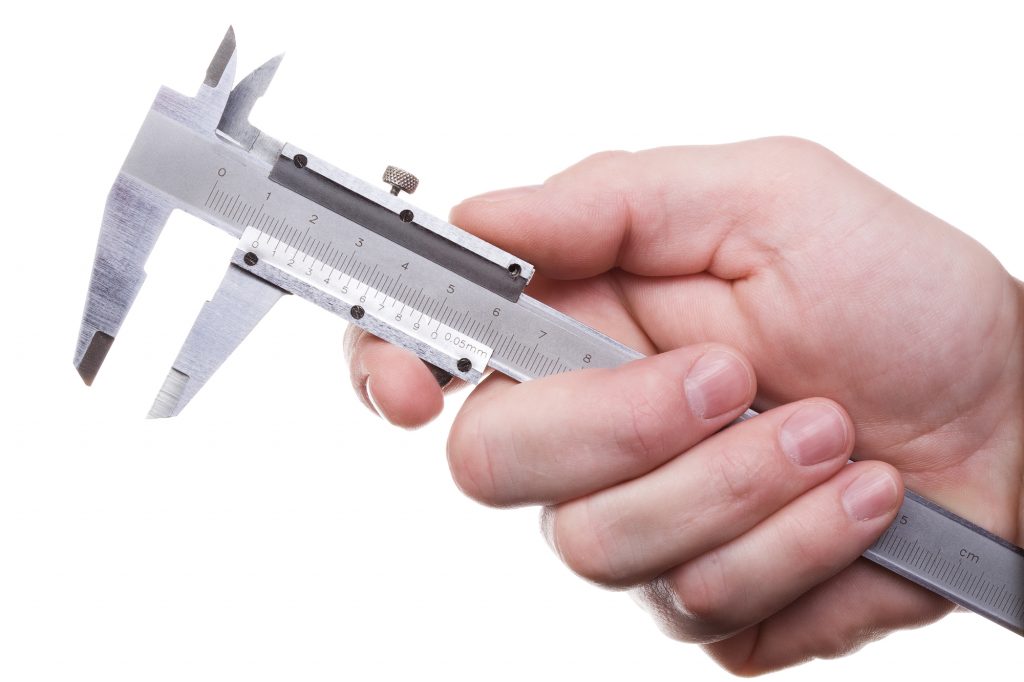
The construction of the caliper itself is relatively simple – the device consists of a slide on which the second component of the device, the slider, is placed. This can move freely along the slide, allowing the jaw distance to be changed.
On the surface of the slide there is a permanently marked graduation scale, which may be expressed in metric or imperial units. The graduation can be read by means of the aforementioned slide, the surface of which serves as a pointer.
In addition, modern caliper variants also have an integrated electronic liquid crystal display. It shows the measurement result, which significantly speeds up the work. Another advantage of the LCD screen is the ability to change units from metric to imperial and vice versa. In addition, high-quality calipers also offer a zero function, which makes it possible to change the opening point of the jaws, from which the measurement starts.
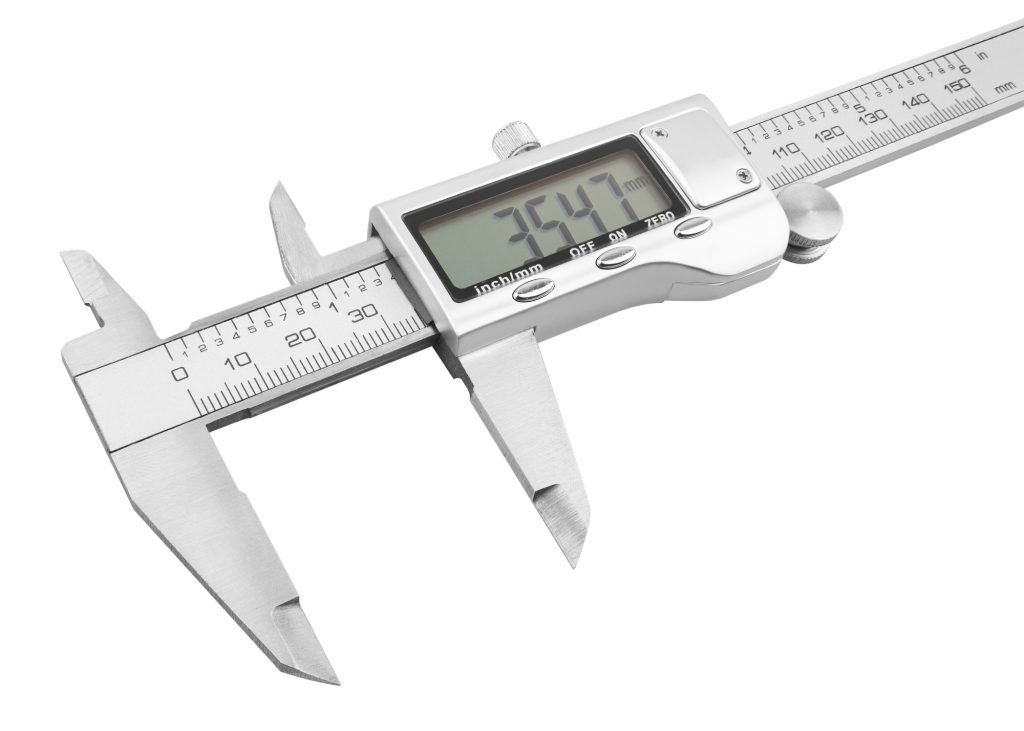
It is also worth mentioning a more specific type of measuring instrument, which is a precision caliper equipped with a clock. How to read the results given by it? As with the traditional variant of the device, the basic dimension of the measured object is determined by checking the graduation of the slide rule. The integrated clock in turn helps to determine the exact distance between the jaws – even with a resolution of 10 micrometres.
What function can a caliper have?
The calliper is one of the most versatile measuring instruments, which can be used to measure both the length and diameter of a component. This makes it suitable for determining both the outer diameter of the measured object, as well as the distance between the inner walls.
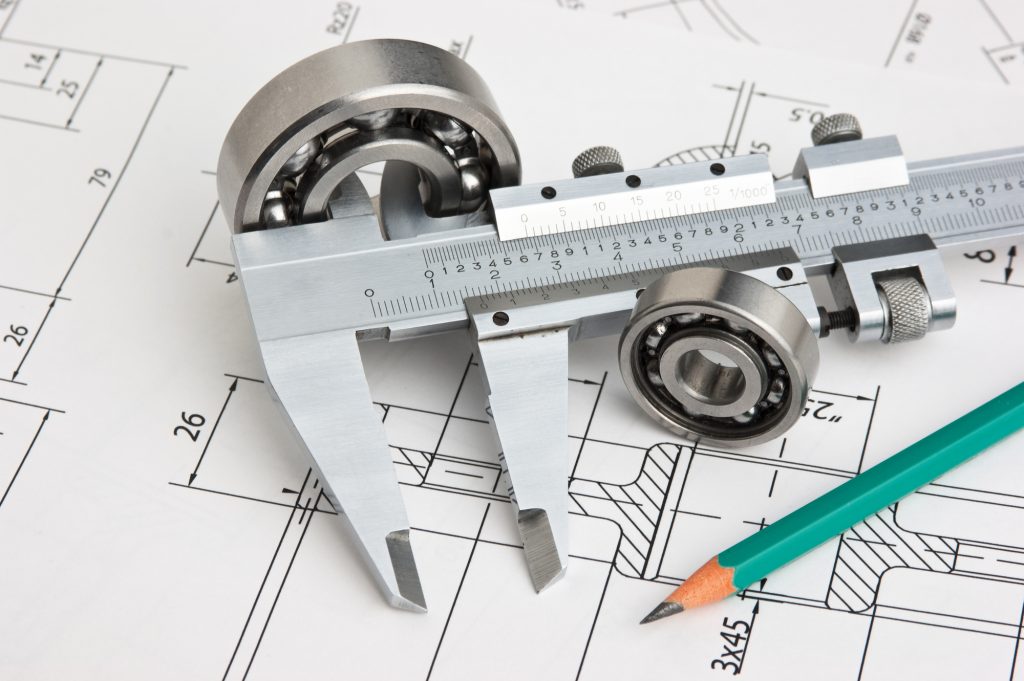
This is particularly useful in car mechanics’ workshops, where the calliper can be used to quickly measure the diameter of any component – a bolt, a V-belt, or even a hydraulic hose fitted to a power steering pump.
The ease of use of a good calliper also deserves praise, and how to use this equipment comes intuitively to anyone who just picks it up. What’s more, due to the simplicity of its construction (especially in the case of traditional, fully mechanical models), it is practically a reliable piece of equipment in which there is simply nothing to break down.
Traditional or electronic caliper?

The choice of the type of instrument depends mainly on the individual preferences of the user in whose hands the calliper will work. However, the way in which the results will be read differs – the electronic variant of the device enables the user to check the measurement with a “glance”, while a traditional caliper means the user has to look closely at the scale on the slide.
A caliper with a backlit LCD display also makes it easier to work in poorly lit rooms or in the dark – just press a button and the screen instantly lights up.
However, these conveniences also have a disadvantage, namely the need to periodically replace the battery (usually of the pastille type), which is not always within reach. Fortunately, when the power supply runs out, you can still use the caliper by reading the data directly from the graduations.
How useful was this post?
Click on a star to rate it!
Average rating 0 / 5. Vote count: 0
No votes so far! Be the first to rate this post.

